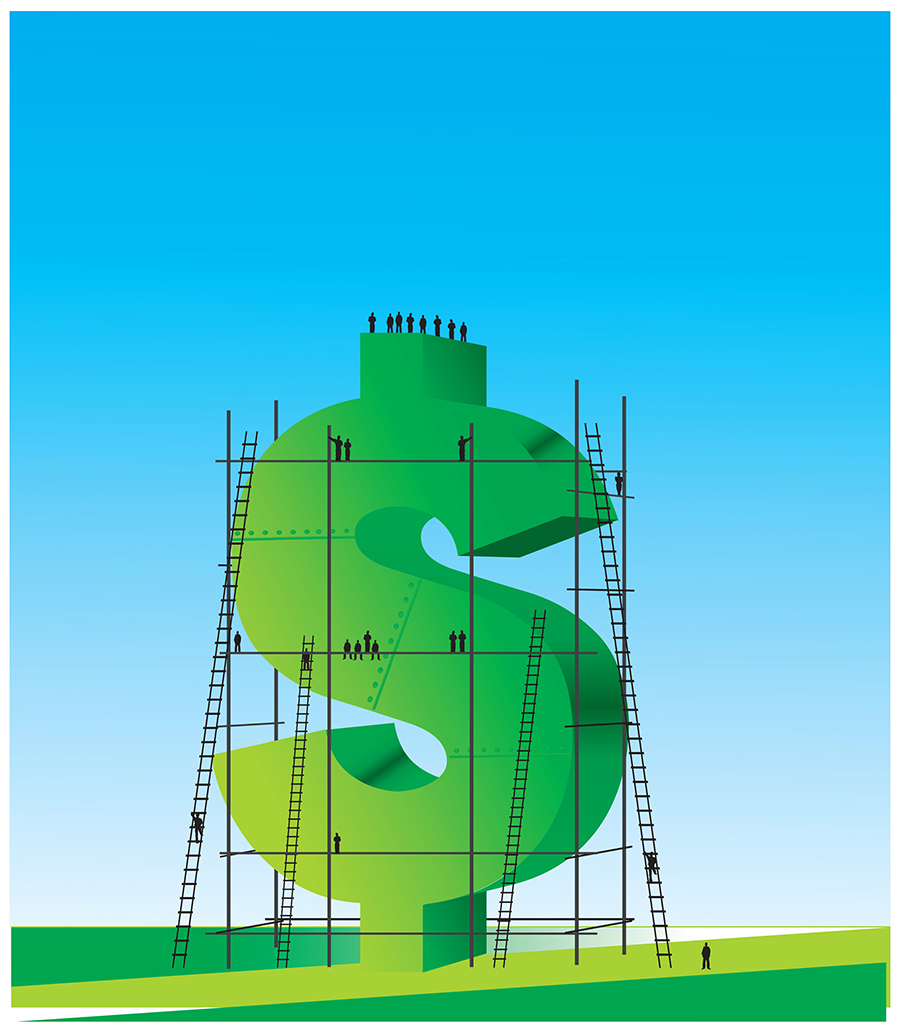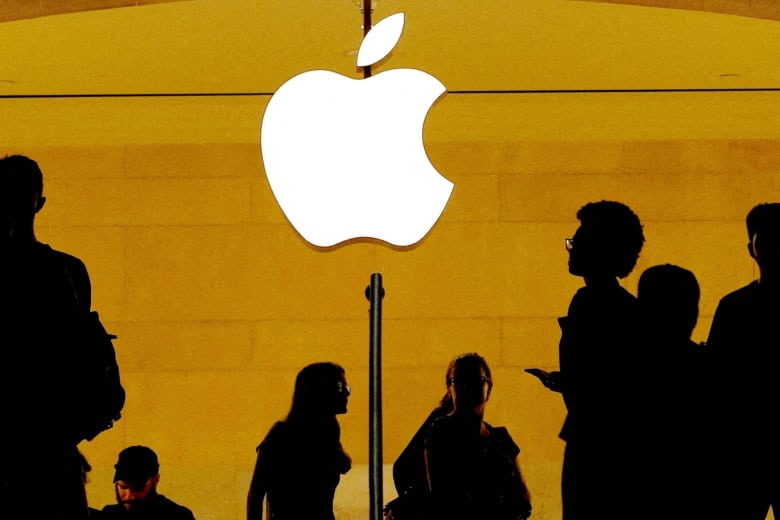By : Annapurna Pillutla
There’s no denying that the year 2020 has caused trouble. Unfortunately, the economies haven’t remained immune. While countries across the globe saw enormous lockdown and quarantine protocols, the economies saw a fall in demand. The largest economy fell prey to the same.
It came as no surprise when the US consumer confidence dropped in December. The reason for this consecutive drop is due to the decline in the labor market amid renewed business restrictions to slow the raging pandemic offset the rolling out of a vaccine for the rampant virus.
The decline in confidence is reportedly the latest indicator of extremely slow-paced economic recovery. It also shows the behind the scenes scrambling by Congress to bring about a renewed rescue package. The government confirmed that the economy grew at a historic pace in the third quarter, even with a $3 trillion in pandemic relief. It even approved an additional fiscal stimulus worth almost $900 billion. However, this has proved to be pointless and too late to counter rising coronavirus infections and layoff figures.
“The storm clouds are growing darker and the worst may be yet to come,” said Chris Rupkey, chief economist at MUFG in New York. “The new coronavirus outbreak means the economy will be flirting with disaster in the first quarter of 2021 where a downturn is possible despite Congress throwing more money our way.”
Conference Board (CB) is known to measure the level of confidence the consumers have in the economy. When the consumers are optimistic which is generally under good economic conditions, they tend to spend more, which not only proves, ‘Supply creates its demand’ but it also dips into the concept of economic growth and the paradox of saving. The numbers that the CB published, indicates a slow decline and a sudden fall in the actual figures than the forecasted figures of the consumer confidence index. It was in September that there was an optimistic rise of 101.8 almost 20 more than the predicted 89.2. In October, the optimistic forecast of 102 saw a fall to 100.9. It did not stop there. There was a decline to 96.1 when a 98 was forecasted in November and on the 22nd of December, there was a fall to 88.6 when a 97 was predicted.
It was declared officially that the economy of the US plunged into recession in February and output remains 3.4% below its level. The economy contracted at a 31.4% rate in the April-June quarter, the deepest since the government started keeping records in 1947. I
“On the eve of 2021, the economy carries very little momentum,” said Gregory Daco, chief U.S. economist at Oxford Economics in New York.
Written By: Annapurna Pillutla.
REFERENCES
Statistical Sources:
- U.S. CB Consumer Confidence – Investing.com. (2020). Retrieved 29 December 2020, from https://in.investing.com/economic-calendar/cb-consumer-confidence-48
- U.S. Consumer Confidence Stumbles; COVID-19 Sapping Economic Momentum. (2020). Retrieved 29 December 2020, from https://www.news18.com/news/politics/u-s-consumer-confidence-stumbles-covid-19-sapping-economic-momentum-3204419.html
- US consumer confidence stumbles; COVID-19 sapping economic momentum. (2020). Retrieved 29 December 2020, from https://www.livemint.com/news/world/us-consumer-confidence-stumbles-covid-19-sapping-economic-momentum-11608660938089.html
Image Sources:
- https://www.business-standard.com/article/economy-policy/consumer-confidence-index-shows-marginal-uptick-in-sept-shows-survey-120091501662_1.html
- https://www.enr.com/articles/38964-us-consumer-confidence-index-declines-in-february
- https://in.investing.com/economic-calendar/cb-consumer-confidence-48
{IN THAT ORDER}




